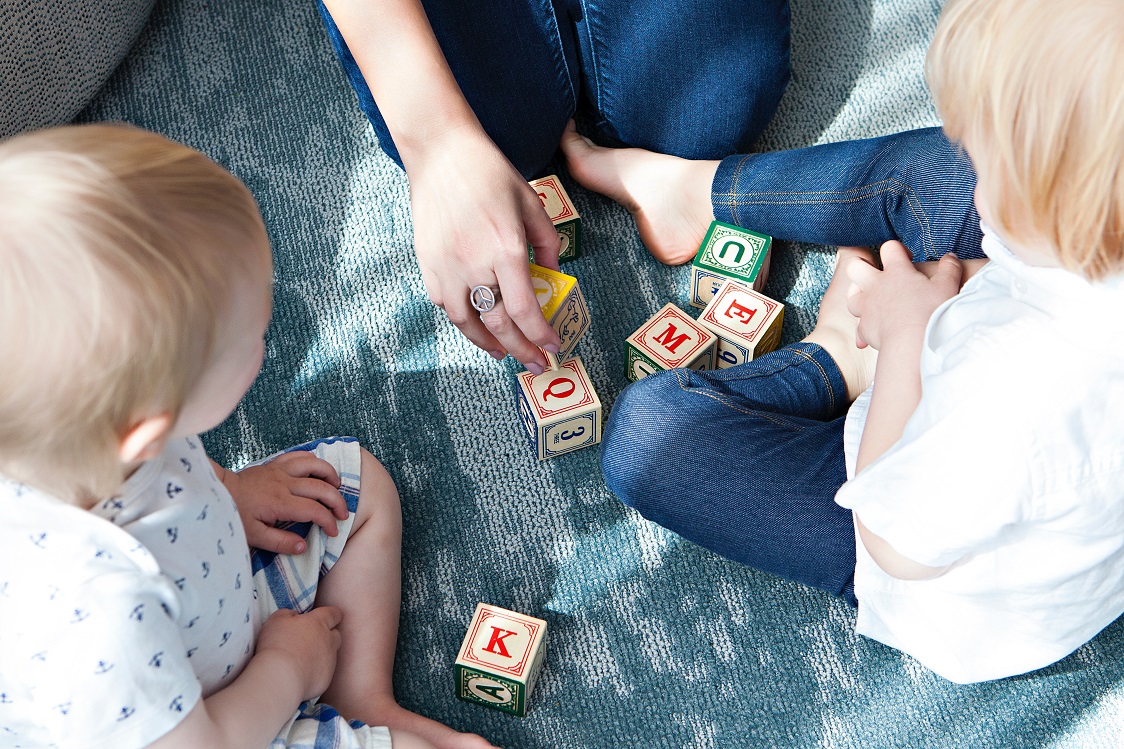 It’s never too early to teach your kids about the benefits of saving. Giving your child pocket money and helping them to open their own bank account teaches them responsibility and independence. More importantly, a bank account familiarises your child with the concept of saving money and helps shape healthy financial habits that can be carried through to adulthood.
It’s never too early to teach your kids about the benefits of saving. Giving your child pocket money and helping them to open their own bank account teaches them responsibility and independence. More importantly, a bank account familiarises your child with the concept of saving money and helps shape healthy financial habits that can be carried through to adulthood.
There are plenty of children’s savings accounts on the market and some may be more beneficial than others. finder.com.au shares six things to look for in a kids savings account.
1. No monthly account keeping fees
Watching hard-earned savings get gobbled up by fees can be disheartening for anyone, especially when they’re new to banking. Most banks don’t charge monthly fees for children’s accounts, but other fees may still apply. Banks may offer just one free ATM withdrawal per month for children’s accounts or may charge extra for over-the-counter withdrawals. Make sure you’re aware of any account keeping conditions and explain these to your child. This will prevent them from being stung by unexpected charges in the future.
2. Comes with a debit account or linked everyday account
It’s important for kids to understand the connection between bank accounts and cash. Money doesn’t just come from a hole in the wall, it’s deducted from a bank account and a debit card or a linked everyday account can be a good way to demonstrate this link. Having the ability to withdraw their own money as cash and see how it correlates to their running account balance is an integral part of money management. Debit cards are a good way for a child to learn about sensible spending within a controlled limit. However, not all children’s debit cards are the same, so make sure to compare your options online before deciding.
3. Tracking tools and calculators
Many banks offer savings calculators and other money-tracking tools to help with financial goal setting. Exploring these features with your child teaches them how to monitor their spending and introduces the concept of budgeting. These tools can also help to foster an understanding of digital currency in an increasingly cashless society.
4. Online and branch access
Being able to visit a physical branch gives a child first-hand experience of banking. As they get older and familiarise themselves with the account, a visit to the bank can be a good place to ask questions, make account changes and deposit savings.
Online access is equally important, as your child should also be able to log in to their account at any time to track their spending. Managing their money in a digital sphere also helps prepare kids for the ways in which most organisations and businesses perform transactions.
5. A decent interest rate
Many children’s savings accounts have a higher interest rate than adult ones, but they usually impose stricter withdrawal limits. Consider the type of account you or your child are after. A Life Saver account can be a good option if your child wants to put pocket money away and not touch it. This allows them to earn more interest by making deposits but not withdrawals. If your child wants regular access to funds along with a debit card, the trade-off may be a lower interest rate | Bessie Hassan, finder.com.au
Giving your child a head start into the world of banking helps them to become financially literate at an impressionable age. A well-rounded and accessible kids account encourages the development of sensible spending habits that can be carried with them for the rest of their lives.
Bessie Hassan is Money Expert at finder.com.au
This article is intended to provide general information of an educational nature only. This information has been prepared without taking into account your objectives, financial situation or needs. Therefore, before acting on this information, you should consider its appropriateness having regard to these matters and the product terms and conditions. Terms, conditions, fees, charges and credit criteria apply. Information in this article is current as at the date of publication.

